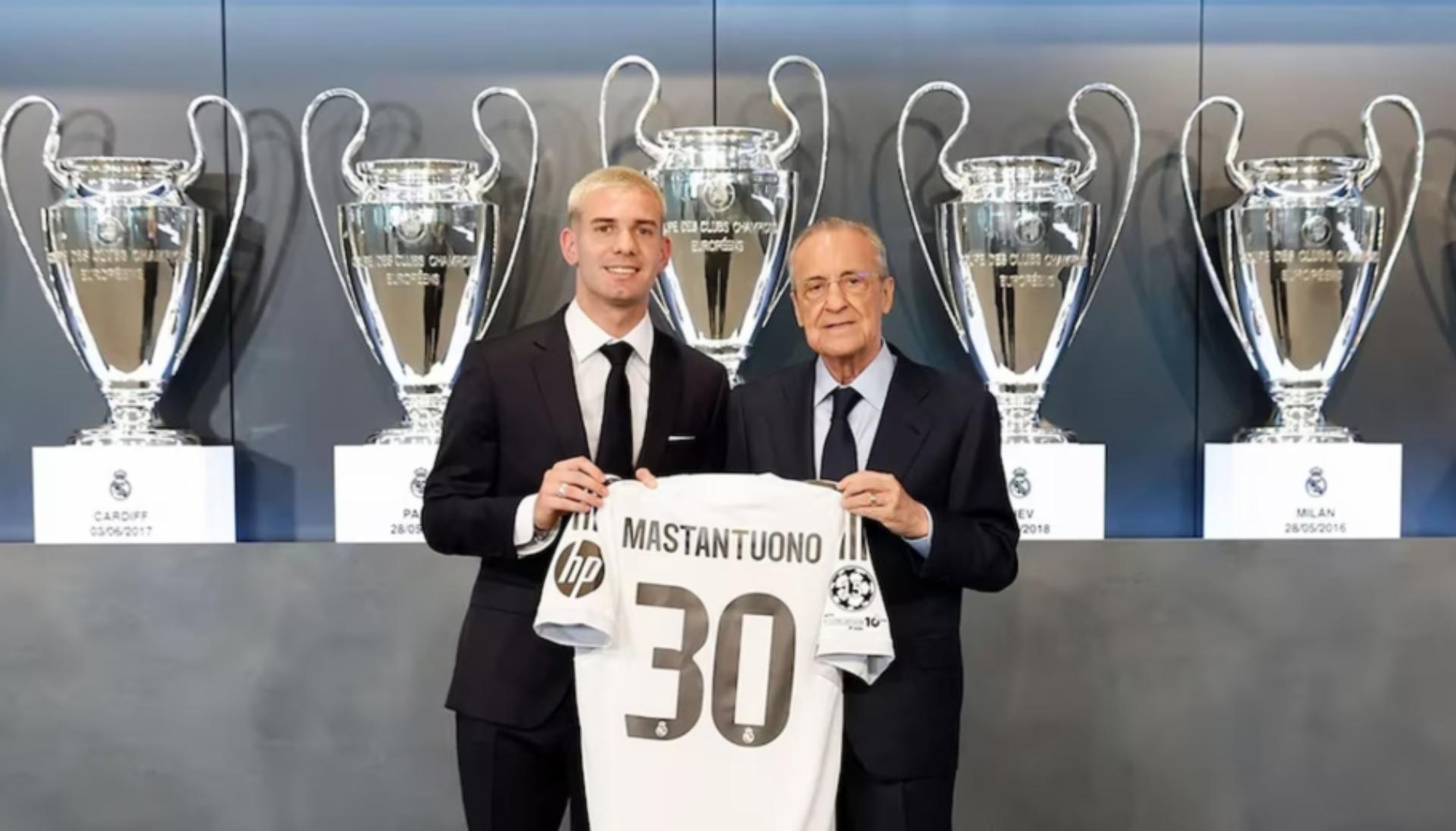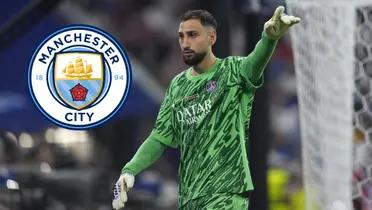MLS and Liga MX: Could they unite in a joint tournament? The possibilities
Explore the chances of MLS and Liga MX coming together in one tournament beyond the Leagues Cup: What’s the likelihood?

The idea of a merger between Major League Soccer (MLS) and Liga MX has sparked significant interest in recent years. Through tournaments like the Leagues Cup, both leagues have demonstrated an increasingly close collaboration. But is a full merger or a permanent joint tournament that integrates both competitions feasible? Here, we delve into the progress, challenges, and future possibilities of this union.
The impact of the Leagues Cup on the MLS-Liga MX relationship
The creation of the Leagues Cup marked a turning point in the collaboration between MLS and Liga MX. This annual tournament, which pits clubs from both leagues against each other, has served as a platform to strengthen sporting and commercial ties between the two competitions.
Since its expansion in 2023, the Leagues Cup has included all MLS and Liga MX teams, establishing itself as a key event on North America's football calendar. In its 2024 edition, 47 teams participated, with matches held across the United States and Canada, attracting packed stadiums and growing television audiences. This format has not only captivated fans but also garnered significant interest from sponsors and broadcasters.
The Columbus Crew’s victory in 2024 showcased the tournament's competitive nature, while teams like América and Tigres highlighted the high level of Mexican football. However, despite its success, the tournament has also exposed structural differences between the two leagues.

Differences between MLS and Liga MX: An insurmountable obstacle?
Despite progress in their relationship, a complete merger between MLS and Liga MX faces multiple challenges. One of the main obstacles is the difference in competition calendars. MLS operates from March to November, aligning with the European system, while Liga MX follows a short-tournament format divided into Apertura and Clausura seasons. This discrepancy complicates the synchronization of matches and seasons.
Furthermore, structural differences between the leagues pose additional hurdles. MLS operates as a closed franchise system without promotion and relegation. In contrast, Liga MX, while temporarily suspending promotion and relegation, has historically adhered to this system. These contrasting philosophies reflect not only sporting differences but also cultural and economic disparities.
Language and cultural identity also play a critical role. Liga MX has a strong fan base in Mexico and among the Hispanic community in the United States, while MLS aims to establish itself as a multicultural and global league. Merging these identities could dilute the essence of each league and alienate certain fans.
The economic aspect: Is a union profitable?
One key factor to consider is the economic impact of a potential merger. The Leagues Cup has proven to be an attractive product for sponsors and broadcasters, but a full merger would require a comprehensive restructuring of current business models.
On one hand, a joint league could generate significant revenue through broadcasting rights, sponsorships, and ticket sales. Combining the fan bases of both leagues would create a massive market, particularly in North America. On the other hand, conflicts of interest and logistical challenges in revenue distribution between teams and leagues could arise.
Top teams like LAFC, Inter Miami, América, and Chivas might benefit from greater exposure, but smaller clubs could face difficulties adapting to a new model. Additionally, differences in salary caps and transfer structures between the two leagues would require harmonization, a process that could take years.

What do fans and players think about this idea?
Fans from both leagues have mixed opinions about a potential merger. Some view it as an opportunity to elevate the competitive level and create a stronger North American league. Others fear that such a union could dilute traditional rivalries and the unique identities of each league.
Many players have expressed enthusiasm for the Leagues Cup, as it offers the chance to face opponents with different styles and football cultures. However, they have also noted that the current format already adds significant strain to their schedules. A full merger could further increase the number of matches, potentially impacting players' performance and health.
The future of MLS and Liga MX: A possible dream?
While a complete merger between MLS and Liga MX faces significant challenges, the success of the Leagues Cup shows potential for greater collaboration. Creating a broader joint tournament without a full merger could be an intermediate step, benefiting both leagues without compromising their individual structures.
Additionally, the 2026 FIFA World Cup, hosted by the United States, Canada, and Mexico, could serve as a catalyst for deeper collaboration between the leagues. This event will provide a unique platform to showcase the growth of football in the region and could lay the groundwork for future joint projects.
For now, MLS and Liga MX seem focused on strengthening the Leagues Cup as an attractive and sustainable product. The key will be finding a balance between competition and collaboration while respecting the identities and needs of each league.

Conclusion: Union or collaboration?
The debate over a potential merger between MLS and Liga MX will remain a relevant topic in the coming years. Meanwhile, the Leagues Cup continues to serve as a bridge connecting both leagues, offering exciting matches and attracting a global audience.
Will it be possible to overcome the logistical, economic, and cultural challenges? Only time will tell, but what is certain is that the relationship between MLS and Liga MX will continue to evolve, shaping the future of football in North America.
More news

THE GANG IS HERE! First Argentine Stars Arrive in Buenos Aires for Final Qualifier Push!
01/09/2025

THE LAST DANCE! Lionel Messi Confirms His Final World Cup Qualifier in Argentina!
29/08/2025

TRANSFER COLLAPSES! Julio Enciso Fails Medical Exams, Returns to Brighton!
27/08/2025

Vini doesn't feel entirely comfortable at Real Madrid anymore and is seeking a future at another club
26/08/2025

HERE WE GO! Piero Hincapié Says YES to Arsenal, Club Prepares Final Bid for Leverkusen Star!
26/08/2025

THE REAL MADRID SHOWDOWN: Nico Paz's Future Sparks a Bidding War Across Europe!
25/08/2025

SOUTH AMERICAN SHAME: Independiente vs. U. de Chile Match Canceled After Horrific Incidents!
21/08/2025

Rodrygo Benched by Xabi Alonso: The End of an Era at Real Madrid?
20/08/2025

PARIS IN PARIS! The New Superclub, Paris FC, Rises to Threaten PSG-Marseille Rivalry!
20/08/2025

PSG’s €850M Budget is 30x Larger Than the Smallest in Ligue 1!
19/08/2025

THE DEBUTS ARE HERE! Estupiñán & Modrić Step Onto the San Siro Stage!
18/08/2025

CONTROVERSY IGNITES! Barcelona Opens Season with a Contested 2-0 Victory Over Mallorca!
18/08/2025

SCANDAL ESCALATES: Donnarumma's Harsh Letter Responds to Luis Enrique's Super Cup Snub!
15/08/2025

Franco Mastantuono: A New Number 30 for Real Madrid with a Nod to the Past
14/08/2025

HISTORY MADE! PSG Wins First-Ever Super Cup Title in Thrilling Penalty Shootout!
14/08/2025

Mastantuono Arrives at Valdebebas for Real Madrid Presentation
13/08/2025

ON AND OFF THE PITCH: Is Nicki Nicole the New WAG of Barcelona's Lamine Yamal?
13/08/2025

Donnarumma Bids Farewell to Paris Saint-Germain at the Peak of His Career
13/08/2025



